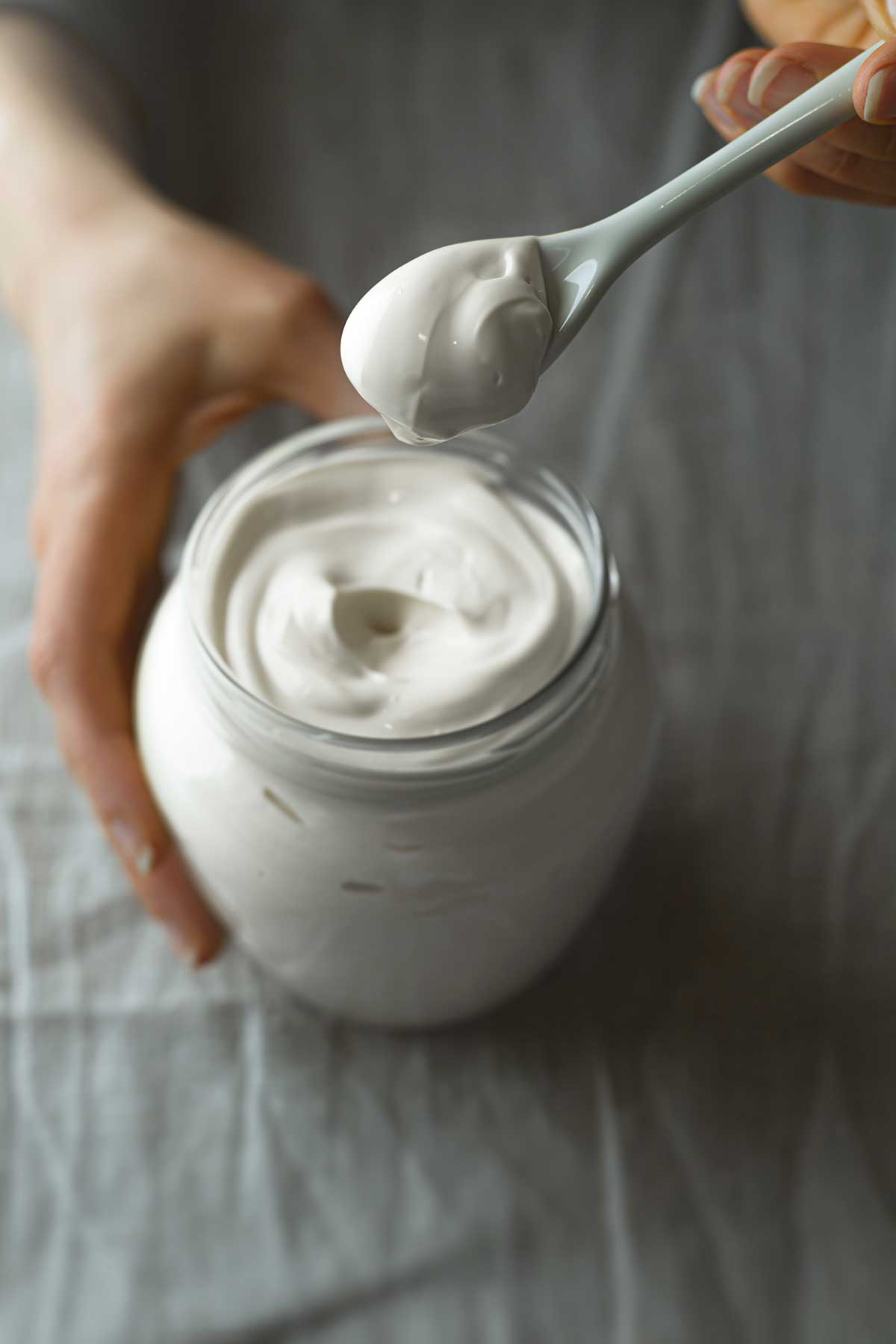
This is one of those recipes that require quotation marks, not out of affectation, but because it’s not a true mayonnaise. It contains no egg yolks or mustard. It’s nothing more than an emulsion of milk and oil. More Brazilian than Portuguese, it’s just now beginning to be used on the Continent. The taste is lighter and cleaner than that of egg-based mayonnaise, allowing other flavors to come through.
☞ Read the Article: The Secret Behind Milk Mayonnaise
Since I was given the recipe, I haven’t stopped finding ways to cook with it. The master recipe is only a canvas for additions. Besides the uses in this book, I’ve smeared the variations on grilled meats and fish, used them as dips and in dressings, spread them on sandwiches, and stirred them into potato salads, much as I do with actual mayonnaise.
Why Isn’t my Mayonnaise Emulsifying?
Like all emulsions, this recipe can be a bit finicky. But adding the oil in a thin stream and stopping when the right consistency is reached is the key. For almost foolproof results, a handheld blender is best, but a small canister blender with a narrow base will do (tall and narrow is best here). Don’t do as some of us did and assume that a stand mixer or food processor will work—it just won’t. If you’re working with a less-than-powerful immersion blender, the consistency of the mayonnaise may turn out thinner than you’d expect. You can help it along by slowly adding 2 more tablespoons of oil to the milk mayonnaise as you continue to blend and it will thicken nicely.
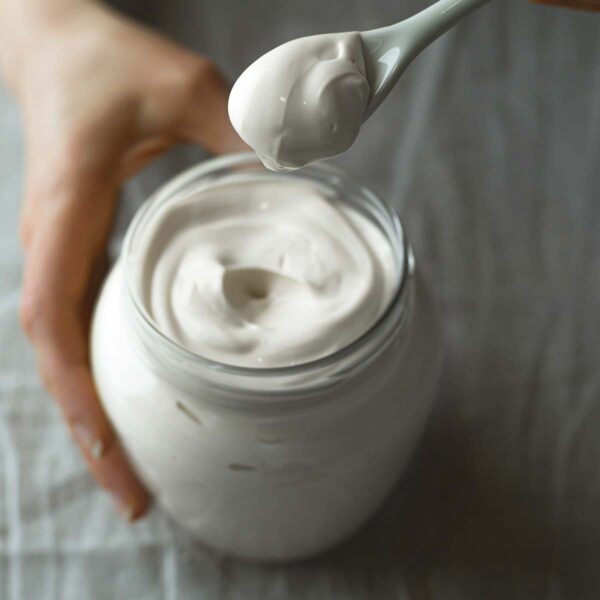
Milk Mayonnaise
Ingredients
- ⅓ cup very cold milk
- ¾ teaspoon fresh lemon juice
- 1 small garlic clove, peeled
- ⅛ teaspoon white pepper
- About ¾ cup vegetable oil, or 1/2 cup (118 ml) vegetable oil plus 1/4 cup (60 ml) olive oil
- Kosher salt
Instructions
- Combine the milk, lemon juice, garlic, and pepper in a 2-cup glass measuring cup. Using a handheld blender (or a blender), buzz on high for 30 seconds until frothy.
- With the motor running on high, slowly pour in the oil a few drops at a time, and gradually increase this to a fine thread, moving the blender up and down, until the mixture thickens lusciously and resembles a soft mayonnaise. You may need more or less oil.
- Season with salt to taste. The mayonnaise will last up to 1 week in the fridge.
Notes
Milk mayonnaise variations
Clockwise from top right: cilantro-ginger, curry, anchovy, sun-dried tomato.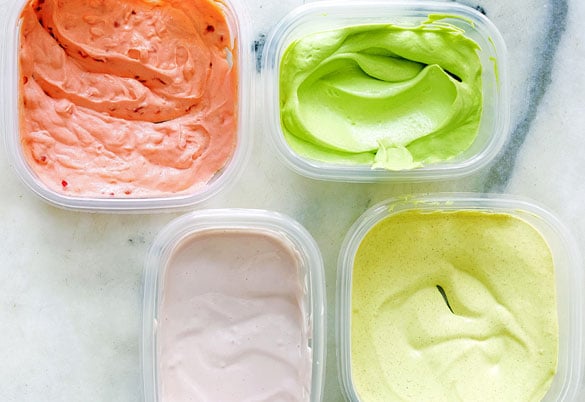
Cilantro and Ginger Milk Mayonnaise | Maionese de Leite com Coentros e Gengibre
Add 1 loosely packed cup of well-dried fresh cilantro leaves and tendril-soft stems and a 1 1/2-inch peeled and grated thumb of ginger to the cup along with the milk, 1 3/4 teaspoons of lemon juice, and the pepper. Omit the garlic. Whir in the oil as directed above. Stir in 1 scallion cut into thin slices on the diagonal.Anchovy Milk Mayonnaise | Maionese de Leite com Anchovas
Add 6 anchovy fillets (generous 1 tablespoon) packed in oil to the cup along with the milk, lemon juice, garlic, and pepper. Whir in the oil as directed above. Omit the salt.Curry Milk Mayonnaise | Maionese de Leite com Caril
Add 2 teaspoons of your favorite curry powder to the cup along with the milk, lemon juice, garlic, and pepper. Whir in the oil as directed above. Before using, let this sit for an hour or so in the fridge to bloom.Tomato Milk Mayonnaise | Maionese de Leite com Tomate
Add 1 1/2 tablespoons of double-concentrate tomato paste to the cup along with the milk, garlic, and pepper. Omit the lemon juice. Whir in the oil as directed above. Stir in 1 tablespoon minced oil-packed sun-dried tomatoes.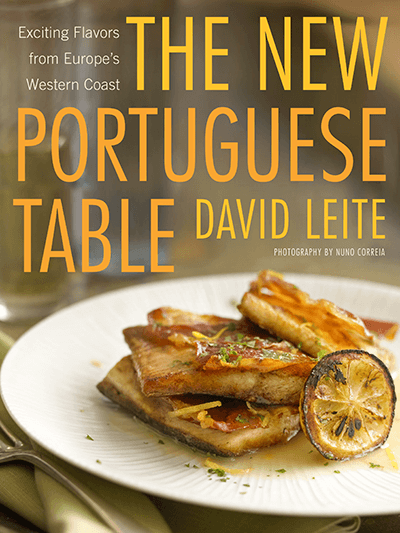
Nutrition
Nutrition information is automatically calculated, so should only be used as an approximation.
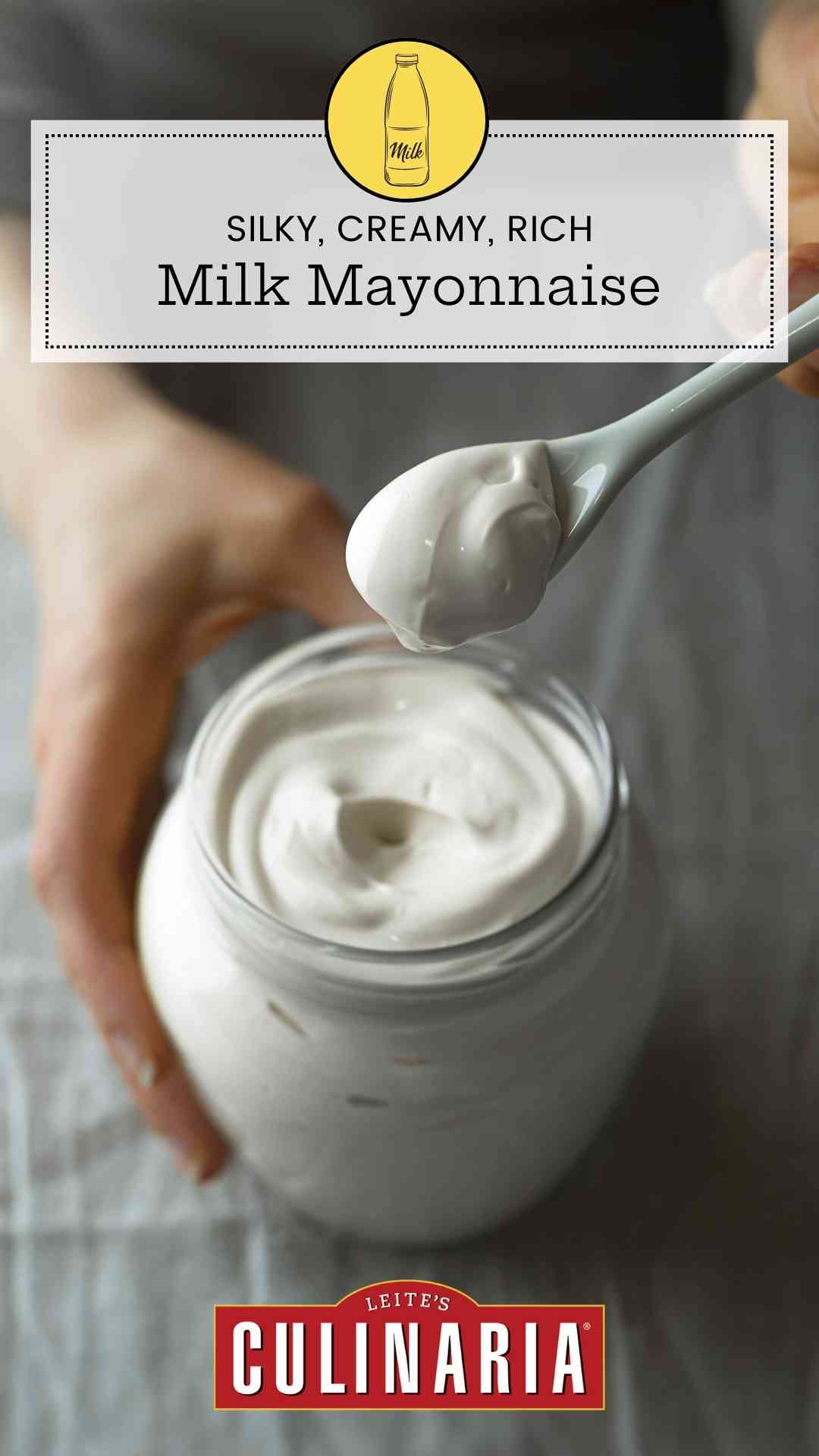










Thanks for all the useful info. and friendly responses on your blog!
I make regular egg mayo all the time, but this is something I’d like to try. We don’t drink or use pasteurized milk, only raw and non-homogenized, so there is a thick layer of cream on top.
Is the traditional way to make this with raw milk, or must it be pasteurized and homogenized to work? I’m wondering about the still-intact protease and lipase enzymes that could potentially break down the emulsion. I know for successful cheese making (and the highest yields), raw milk works best, as the proteins, flavor-contributing bacteria and nutrients have not been destroyed by heat. But for this… I’m not sure. Guess I could just give it a whirl and report back, but if any food-scientist types are still around, I’m listening.
Thanks so much,
Karen
Hello Karen,
Thanks for writing. I’m not sure of the traditional way, as I first encountered the recipe about six years ago, and the chef used pasteurized and homogenized milk. But if you do decide to give raw milk a go, please let us know how it turns out. It’ll be one more variation supplied by our readers.
Thanks for getting back to me. I’ll give it a try and will report back!
As they say, I’m waiting with bated breath….
Hi, I am sorry to lose the patience reading all the comments above, but do I really will have to use an immersion blender and not a hand mixer? I just tried this but the hand mixer is not able to bring milk and oil together 🙁 I don’t have a hand blender, is it a necessity?
Hi vandana. You could use either a hand blender or a small 2-cup mini chop. A hand mixer will simply not be able to whip the ingredients into the frenzy needed to make the emulsion.
Just listened to the Splendid Table podcast and had to come find this recipe asap! Sounds amazing. A question, though, for those of us who are unable to appreciate cilantro: What other herb do you think would work well with the olives and anchovies?
Karen, why thank you. People have used all kinds of herbs–chervil, parsley, oregano, basil, and chives. Try some of those and see which works for you. Oh, and welcome to Leite’s Culinaria!